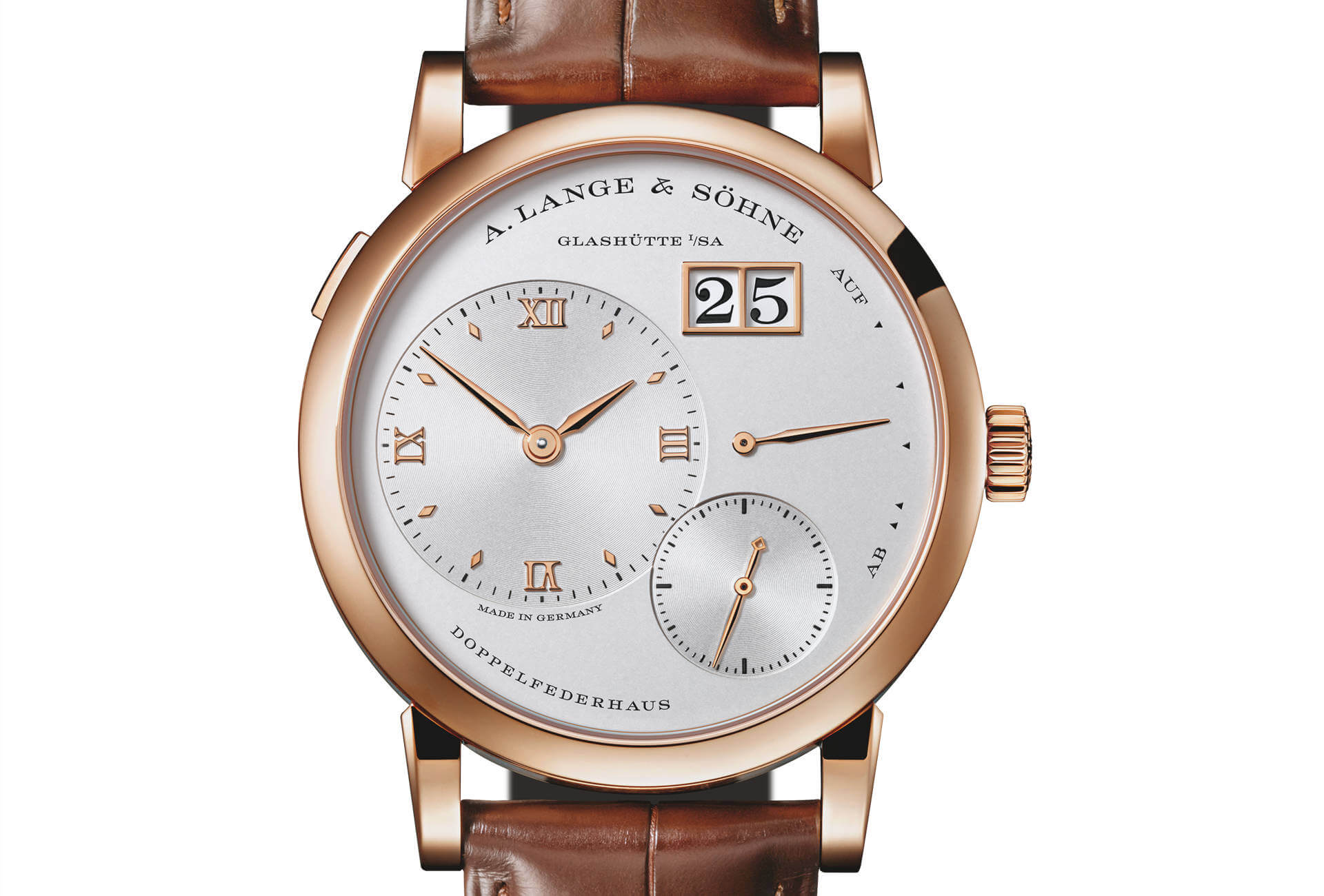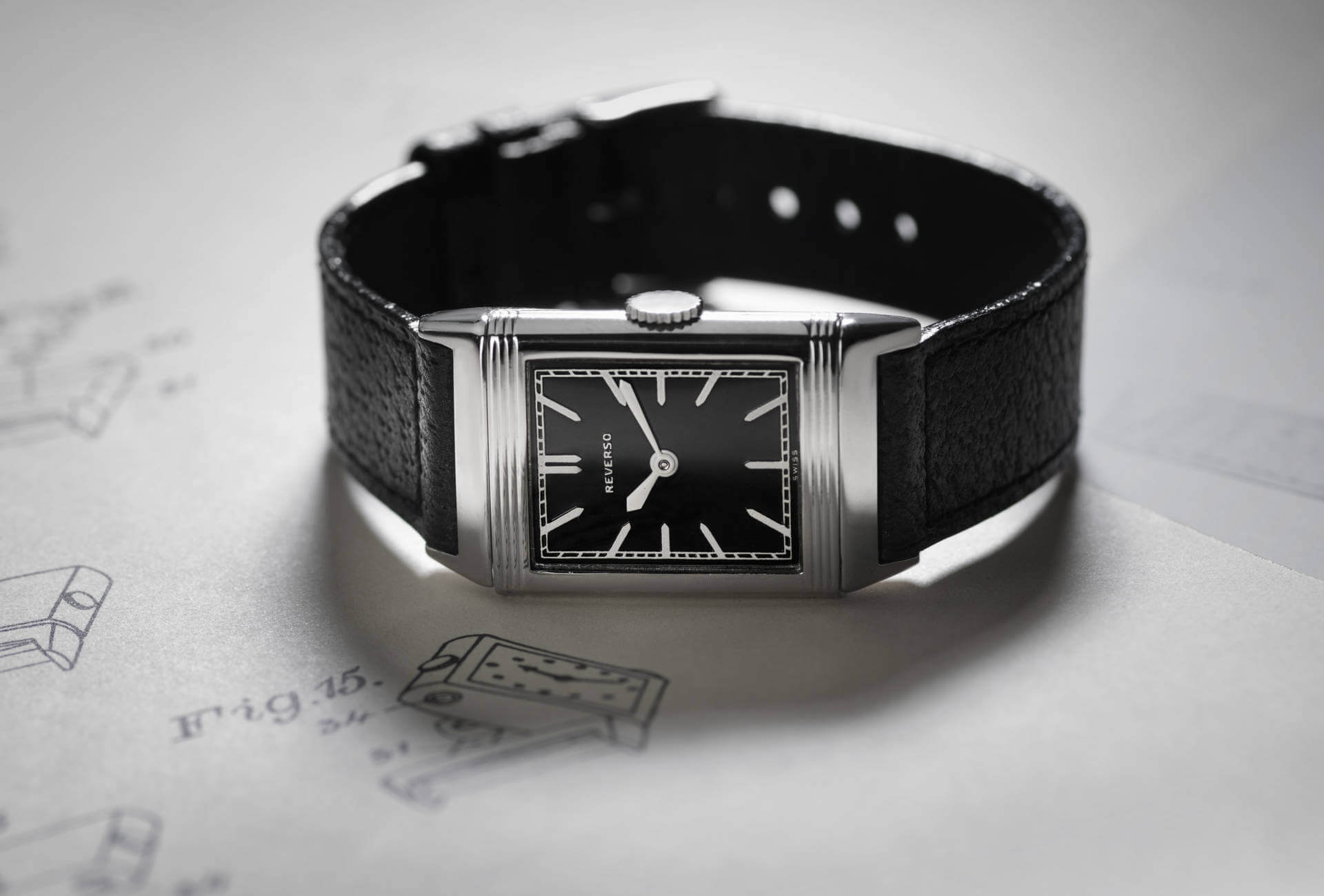It’s a name every watch enthusiast knows; one that springs to mind as readily as any famous brand. Royal Oak is the flagship collection at Audemars Piguet, having lent itself to a multitude of versions over more than forty years: different sizes, different materials, different movements, but always the same instinctively recognisable features, even in those interpretations that are furthest from the original.
Royal and maritime inspirations
The Royal Oak was launched at the Basel fair of 1972, but was in fact designed a year earlier and put to the litmus test of the Italian market, at that time the main market for Audemars Piguet watches. Its designer, Gérald Genta, is said to have taken inspiration from the helmets worn by divers doing maintenance work on a dam on the Rhone river in Geneva. However, Audemars Piguet instead named its watch after HMS Royal Oak, a series of vessels of the British Royal Navy, in reference to the octagonal portholes. For the English, the Royal Oak is also a symbol of the monarchy since the Civil War and the Battle of Worcester in 1651, when the future King Charles II escaped the Roundheads, and a death that would have changed the course of history, by hiding in an oak tree. Thus the oak symbolises strength, longevity and majesty… what more fitting name for Audemars Piguet’s latest creation?

A difficult context
It would, however, take several years for the Royal Oak to make its mark. In these early 1970s, Swiss watchmaking faced an uncertain future, to say the least. The first oil crisis was looming; more to the point, the quartz revolution had begun and watchmakers were playing safe: luxury watches were small, with a classic design and made from gold. The Royal Oak came like a bolt from the blue: a large, luxury watch with an industrial feel and made out of steel. Its destiny lay with the Italians, who preferred to take their time. This was, after all, a lot to take onboard. No doubt the Royal Oak’s price also dampened enthusiasm; never before had a steel watch cost more than gold. And yet the Royal Oak beat the odds, thanks it’s said to famous collectors such as Giovanni Agnelli, the head of Fiat, who was seen sporting a Royal Oak in 1974. French actor Alain Delon wore his on-screen, first in the 1976 crime film “Boomerang”, then in 1985 in “Cop’s Honour”, and again three years later in “Let Sleeping Cops Lie”.
An avant-garde design
The Royal Oak earned its reputation as “the first luxury sports watch” because it made steel, generally associated with robust constructions, appear suddenly refined. Moreover, using high-grade steel for such a sophisticated structure put current machining capacities to the test. As for the polished and brushed finishes, they had nothing to envy those of the most high-end watches. From a design perspective, the Royal Oak incorporated bold, powerful features of the kind that would never lose their appeal. The deliberately angular shape immediately grabs the attention, particularly the octagonal bezel and the hexagonal screws, which are always in gold – a subtle detail that produces a discreet contrast in light – not forgetting the water-resistance gasket, left visible to accentuate the technical feel of this new watch. The originality of the case lies essentially with the absence of lugs, which Genta replaced with a bracelet whose trapezoid-shaped links taper towards the case. Rarely had a bracelet been so perfectly and precisely integrated. The dial, meanwhile, introduced a distinctive pattern of raised squares and grooves, known as the “Tapisserie” pattern. The only aspect of the Royal Oak to have lost its original impact is the size: the 39-mm diameter, now commonplace, was considered huge back in the day.

True to form
In 2012, Audemars Piguet launched several models to commemorate the fortieth anniversary of the Royal Oak, including a 39-mm version that was almost identical to the original, and which sets the standard for the current extra-thin line. The only, minor differences are the updated style of the inscriptions and the blue date disc to match the dial. Even the movement, still in production at the Manufacture, remains the same, namely Calibre 2121, an automatic mechanical movement which, at 3.05 mm high, is a reference in extra-thin calibres. Such a slender profile no doubt contributed to the success of the very first Royal Oak, by counterbalancing what some considered the excesses of its design and preserving the elegance one expects from a luxury watch.















